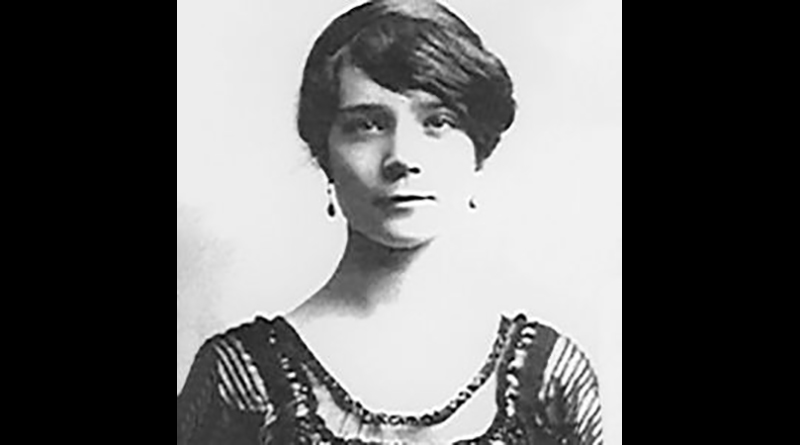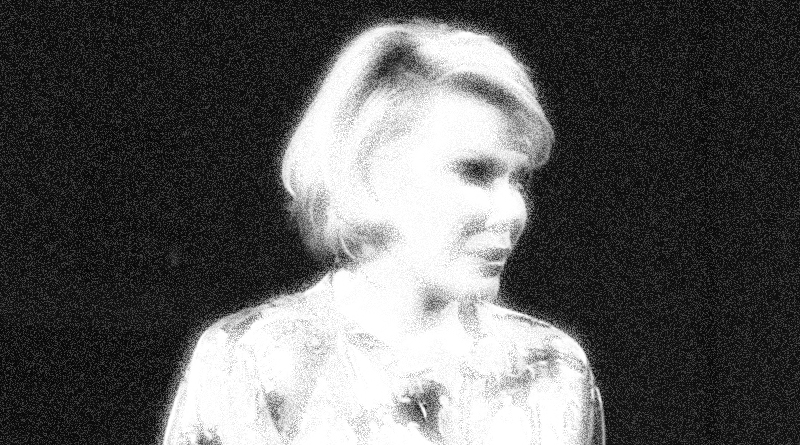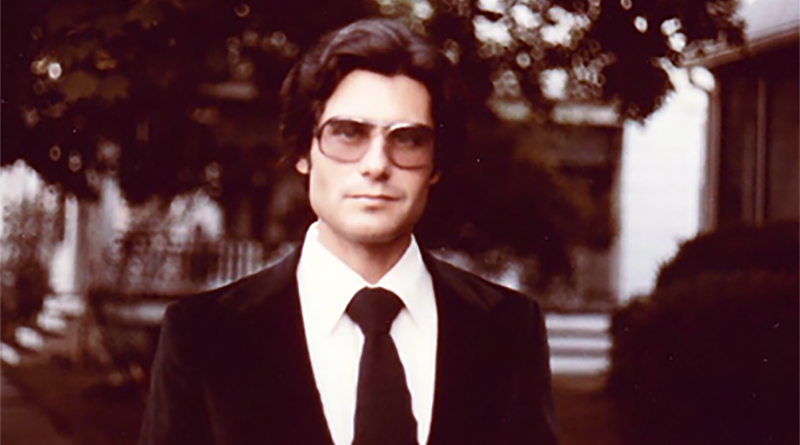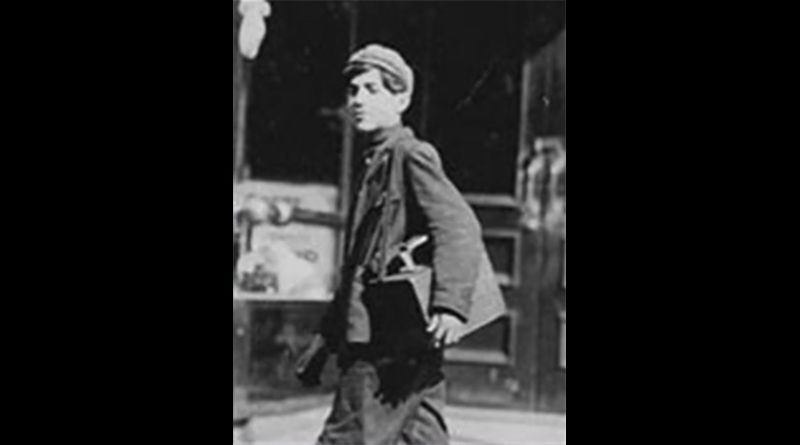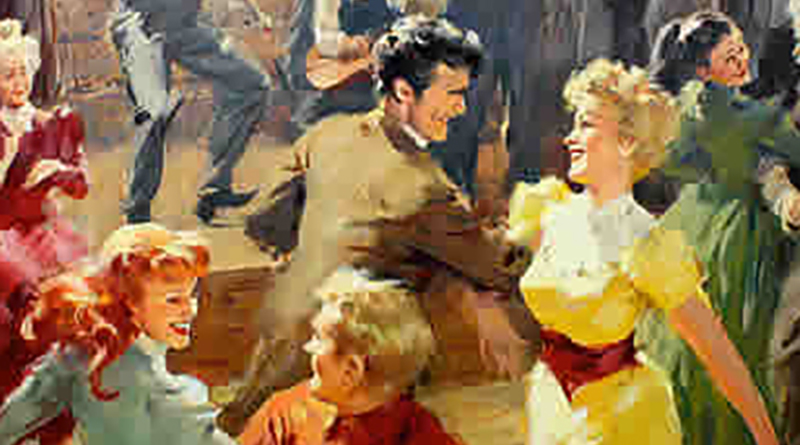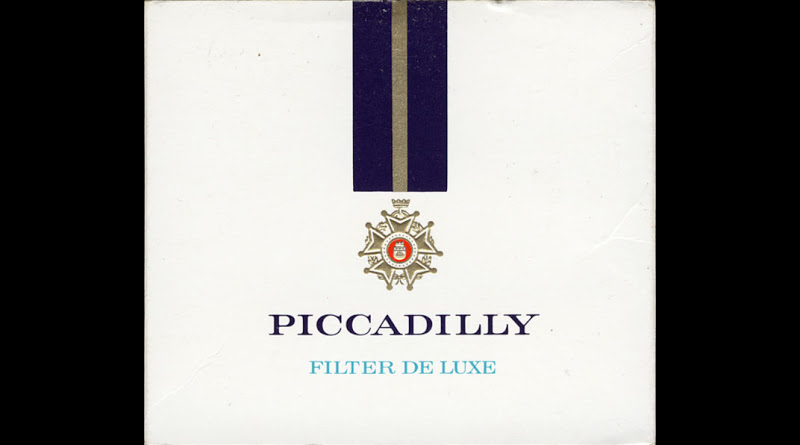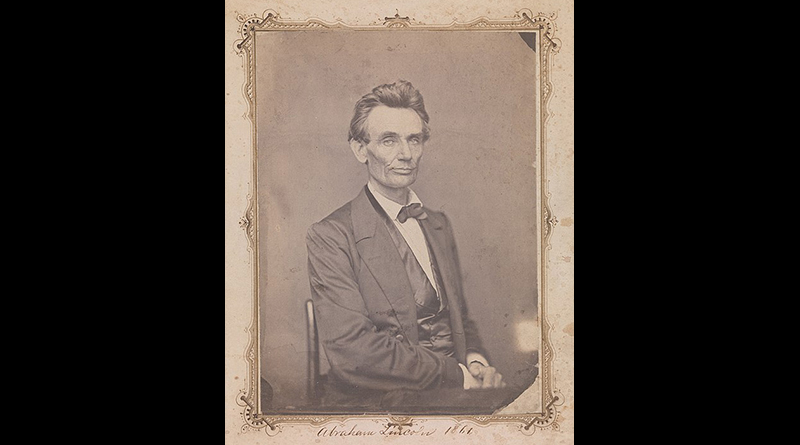Excerpt from Maker & Craftsman: The Story of Dorothy L. Sayers by Alzina Stone Dale:
Just as her career was well under way, Dorothy faced a dreadful personal crisis. Biographical sketches published during her lifetime mention that she and her husband had an adopted son whose name was John Anthony Fleming. At her death her public learned a little more about him because he was her sole heir, apart from her old friend and literary executor Muriel St. Clare Byrne. Dorothy and her husband had unofficially adopted Anthony when he went to boarding school. At her death he was a thirty-four-year-old economist, just married, and living in London. The English newspapers made a great fuss about his “sudden wealth,” but he tartly pointed out in a manner very like his mother’s that she had not actually left him 35,000 pounds (about $100,000). That was only the theoretical value the government had placed upon the future earnings of her books, whose copyright he now owned.
It was not until 1975 that it was disclosed in a book about Dorothy by Janet Hitchman [Such a Strange Lady: A Biography of Dorothy L. Sayers] that John Anthony Fleming was Dorothy’s own son, born out of wedlock in 1924. He was the product of an affair she had with a young car salesman who knew a lot about motorcycles. It began right after Cournos had left for good but his name has never been revealed at the request of Anthony Fleming himself. Dorothy had not set out deliberately to have an illegitimate child and did not acknowledge John Anthony openly and raise him herself. To do so today may not be too unusual, but at the time, even Virginia Woolf’s free-wheeling sister Vanessa, who had a daughter by her lover, raised her as her husband’s child so that she could use his name and avoid the legal complications of illegitimate children. Society in general still had heavy penalties, legal and social, against unwed mothers. It was only in 1925 that married women were able to be legal guardians of their own children, while in 1927 the Legitimacy Act made a child legitimate if his parents afterwards married each other.
As a result, when she found she was pregnant, Dorothy dealt with the situation the best she could. Wanting children, as she had passionately assured Cournos, she did not put Anthony up for adoption, but she realized that she must keep the entire situation from her parents, who would be greatly upset. As a result, there is no evidence that she had help from any of her friends, probably to make certain no rumors got back home. Once she was convinced that the baby’s father would do nothing to help her, she wrote her cousin Ivy, who cared for foster children in her home, and asked her to take charge of the baby, which Ivy generously agreed to do. Dorothy arranged to take an eight-weeks leave of absence from Benson’s, ostensibly to “finish” Clouds of Witness, and proceeded to “hide out” from her family and friends.
Dorothy did manage to keep her pregnancy a secret. She arranged to have the baby in a nursing home in Bournemouth and spent Christmas there. Anthony was born on January 3, 1924, and registered as her son, using her maiden name. In February Dorothy took Anthony to her cousin and returned alone to London to work. Under these circumstances it is not surprising that she always objected strenuously to having her private life treated as “good copy.” Instead, Dorothy undertook to live her entire adult life knowing that at any moment she might suddenly find herself, as her character Harriet Vane actually does, before the bar of public opinion, with the press having a field day discussing her morals in print. There seems to be no doubt, either, that she felt she had behaved sinfully and that this personal purgatory of hers made it impossible for her to accept Archbishop Temple’s offer later of an honorary Doctor of Divinity degree. — Alzina Stone Dale, in her book Maker & Craftsman: The Story of Dorothy L. Sayers (read for free)

